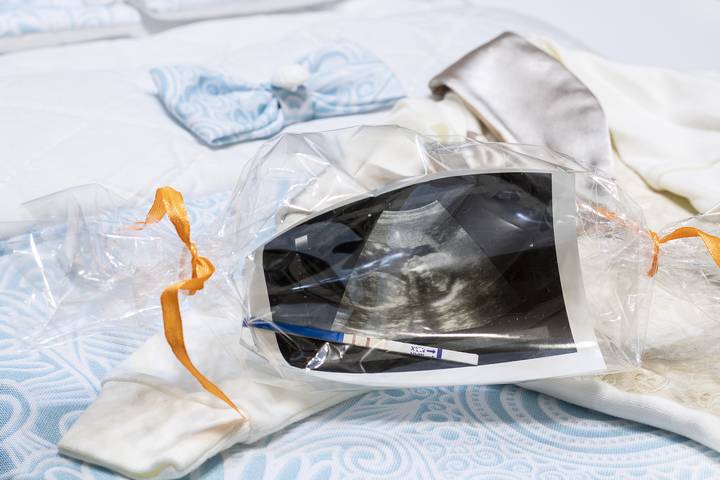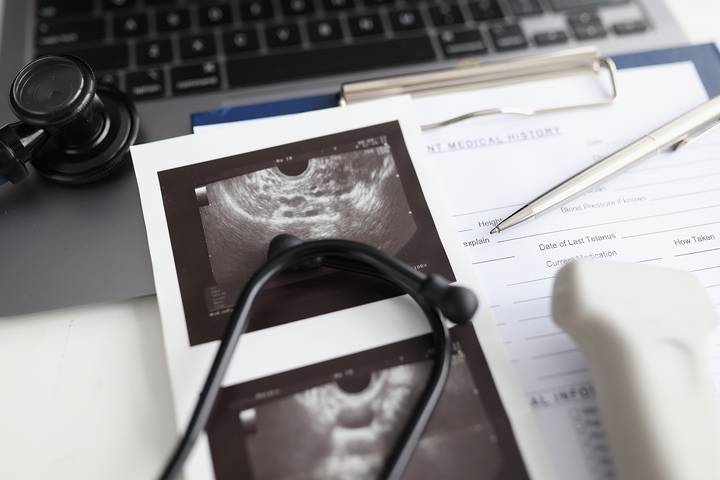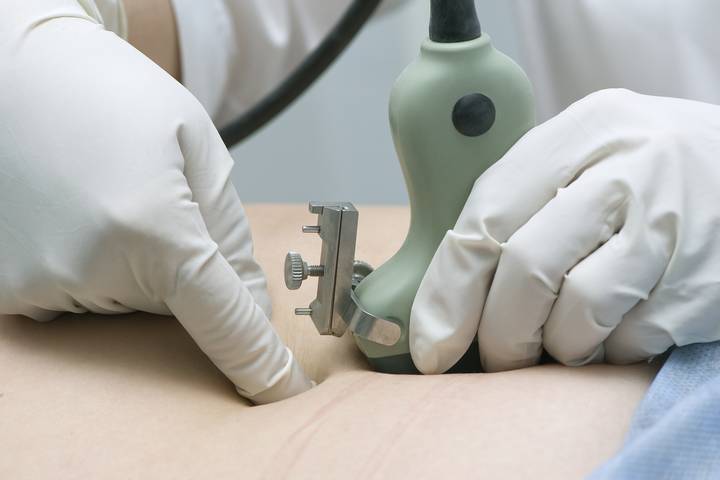Paternity is the state of being someone’s biological father. A paternity test determines the biological relationship between two people, specifically, a father and a child.
There are several reasons to get it done, including:
- Child support
- Citizenship eligibility
- Custody reasons
- Benefits rights
- Inheritance rights
This is a form of DNA testing, but instead of analyzing DNA banding patterns to determine gene identity or mutations, you are comparing the genetic profiles of a person by determining individual DNA lengths to reveal their ancestry.
Let’s go over the types of paternity tests.
Type #1: Prenatal Testing

Prenatal testing allows you to confirm your child’s biological father before you give birth. This type of paternity test helps to better plan your family and romantic relationships without the hardship of waiting until the child is born.
A prenatal paternity test also allows the father to be involved in the pregnancy process or prepare you for legal battles concerning child support and custody. These are the different paternity testing done when a child is in utero.
Type #2: NIPP Testing

Non Invasive Prenatal Paternity is usually the best option for testing paternity before the child is born, and it is 99.9% accurate. It is performed by taking a blood sample from the mother for testing, where free-floating DNA from the fetus is present and isolated. A mouth swab is taken from the father, and DNA testing is done to check for paternity.
NIPP will be done after 7-8 weeks of pregnancy so a mother can find paternity soon after realizing she is pregnant.
Type #3: CVS Testing

Chorionic Villus Sampling uses a thin needle, guided through an ultrasound, where a physician gains access to the uterus through the vagina and cervix to collect a villus sample. Another option is to go through the abdomen.
The uterine wall is where you find the chorionic villa, which shares the same DNA as a fertilized egg. There are some risks associated with this procedure, and it is performed around the 10th and 13th week of pregnancy.
Type #4: Amniocentesis Testing

Another prenatal paternity test performed is amniocentesis, at around the 12th to 14th weeks of pregnancy. While commonly used to check for a diagnosis of genetic conditions, it was also used for DNA testing. A physician inserts a needle through the abdomen into the uterus to collect amniotic fluid around the child. It does come with the risk of:
- Cramping
- Vaginal bleeding
- Infection
- Birth defects
- Impaired lung development
- Miscarriage
- Preterm labour
While this procedure is still done, NIPP is the preferred method for testing paternity prenatally.
Type #5: Post Natal Testing

When you want to test the paternity of your baby once it is born, it is an easier and less expensive procedure. This can be done in a few different ways.
Type #6: Umbilical Cord Testing

Some women want the testing done right after the birth so it is safely determined through a blood sample from the umbilical cord. While the umbilical cord is around 20 inches long, only 6 inches is needed, so there is an ample amount of specimen to examine.
With some DNA testing, samples are collected throughout the day from multiple children, and there is a risk of error. Still, with umbilical cord testing, there is only the mother, the baby and the umbilical cord.
Type #7: Cheek Swab Testing

A cheek swab is needed for an older baby to collect DNA for the testing. This is the method used by both the mother and the potential father. A swab is simple and painless, with the cotton tip rubbed firmly against the inside of the cheek for DNA collection. It is then transported in a paper envelope so it is not contaminated and allowed to “breathe” until it reaches the testing location.
Blood tests can also determine paternity and require the man and the child to give a bold sample. You will do this at a medical office, and they will send the samples to the lab to get examined.
Type #8: Home Testing

There are also home tests that you can purchase at a retailer or online for use to help determine paternity. Follow the directions in the package and then send the swabs to the recommended lab.
Paternity samples are examined in a lab. The DNA is extracted from the cells and analyzed using Short Tandem Repeat (STR) to capture genetic information from at least 16 STR markers. This data is then calculated to determine the probability of whether the man tested is the biological father of the child tested.
Paternity testing is almost 100% accurate, but it can’t determine the following:
- Ancestry information
- Race of person
- Age of person
- Relationships beyond paternal, like siblings, grandparents or other family members
- Paternity of twins in utero
You have a right to confirm the father of your child, and whether he is in your life or not, he has responsibilities to help take care of his new life. You can use any of these types of paternity tests when necessary. This gives you peace of mind and confirms who is a new father.

